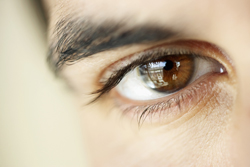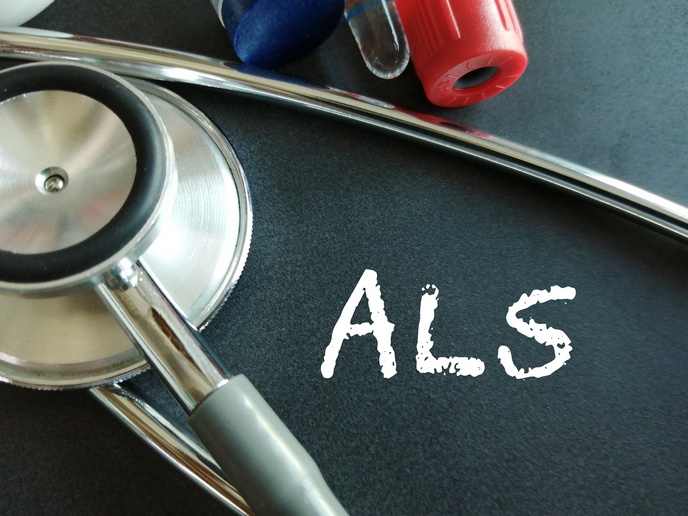New treatment prospects for amblyopia
Amblyopia, or 'lazy eye', is the most prevalent visual impairment in childhood, affecting approximately 3 % of the population. It results from improper development of central vision in one eye. Currently, treatment involves occlusion of the unaffected eye to trigger neuronal plasticity and 'train' the affected eye. When performed early, this approach is effective and resolves stereoscopic vision and spatial perception. The EU-funded 'Imaging function and dysfunction of neuronal circuits in the visual cortex' (EUROV1SION)(opens in new window) project studied the events occurring during synaptic plasticity. Advents in the field of functional brain recording enabled the in vivo monitoring of individual neuronal activity using two-photon microscopy and calcium (Ca2+)-sensitive specialised dyes. Based on this, EUROV1SION researchers generated mice expressing a genetically encoded Ca2+ indicator in different neuronal subsets in the visual cortex. This tool helped them monitor and analyse individual neuronal responses to artificial and natural images. Results showed that during amblyopia, the formation of neuronal synapses based on visual experience is disturbed. This loss is induced by monocular vision but can be restored through the process of ocular dominance plasticity in the adult visual cortex. To aid the process, scientists found that the use of pharmacological epigenetic interventions improved the recovery of visual acuity in monocular deprived mice. A learning-based therapy in adults suffering from amblyopia led to the conclusion that even in adulthood, experience-dependent plasticity could be exploited to recover stereoscopic visual function. This finding challenges the long-held perception that amblyopia can be cured through visual learning only early on in life. Given the lifelong vision problems of individuals suffering from amblyopia, novel treatments based on binocular training programmes could significantly impact a large part of the population.







